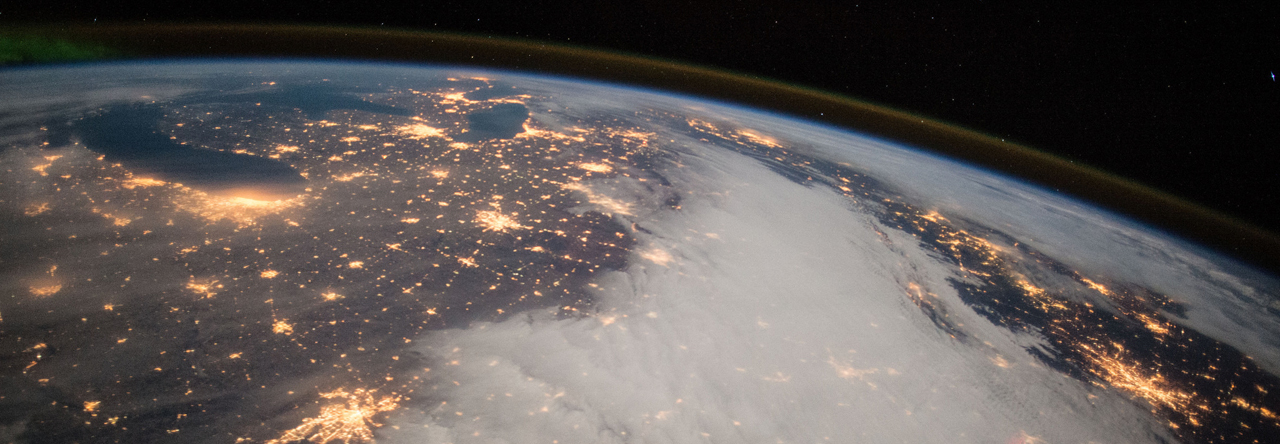
Kia and I were talking about all the things we want to do post-pandemic. We want to see all our friends and family, eat out at restaurants, go to concerts, travel, and everything else we haven’t been able to do for nearly a year now. Will we actually do all those things once we get the chance? It’s hard to say; maybe those activities will feel too stimulating and overwhelming after living the quiet inside life for so many months. But I imagine there will at least be a period of overcompensation, not only by us but by most people globally. Many are in dire economic straits because of the pandemic, so it remains to be seen how much of a consumer spending boom will result. But the appetite will be there.
The conversation got me wondering how much of the Roaring Twenties of the 20th century had to do with the exuberance and relief that followed not only the end of World War I, but the end of the 1918 flu pandemic that killed 675,000 Americans and 50 million worldwide. The good times didn’t begin right away. The U.S. experienced high inflation for several years due to pent-up demand, short supply, and the end of rationing rules. Wages didn’t keep up with rising prices and workers went on strike as a result. Class and racial tensions boiled over in many cities, resulting in riots and numerous deaths.
In 1921 the Fed lowered interest rates, President Harding provided national unemployment relief, and the U.S. economy was off to the races. Economic boom times were accompanied and amplified by cultural changes: women’s suffrage, the availability of birth control and the possibility for smaller families, the automobile, radios in most households, frequent cinema outings, and the rise and growing influence of Black culture (jazz, dance halls, the Harlem Renaissance, etc.). Reactionary and racist groups pushed back via Prohibition, Ku Klux Klan membership, the anti-communist “Red Scare” movement, and the Anti-Immigration act of 1924. But the mood of many in the country was exuberant, expansionistic, and celebratory.
21st Century Redux?
Could our own twenties follow a similar path? As a thought experiment, what factors would need to exist and co-conspire to create our own Roaring decade?
- Unemployment assistance and direct aid. The federal government has provided $1200 of direct relief over the course of a ten-month pandemic. That comes to approximately $4 a day. While well-off families such as my own will be happy to dip into savings to spend money on the things we’ve been missing, most Americans are in a more dire economic situation, and won’t be able to fuel any sort of economic recovery without additional state and federal economic support (at least until the economy semi-normalizes).
- Re-enfranchisement. For decades the Republican strategy to stay in power by disenfranchising Black and minority voters has worked. But this strategy, which has remained in the shadows for so long, is finally seeing the light of day and wilting like a vampire. Deeply alarmed, Republicans are starting to slip and say the quiet bits out loud. If voting activists can disrupt this tried and true Republican strategy, we may see political shifts in power parallel to those that accompanied women’s suffrage (decreased child mortality rates, increased investments in education, etc.).
- New cultural influences. One thing that protects American culture as a whole from staleness is the near-constant injection of new perspectives from immigrants and their descendants, and well as a deep appetite among Americans for new forms and formats of entertainment. Lately, just as an example, I’m seeing a newish rise in both Korean and Indian influence on mainstream American culture in music, film, television, and literature.
- New adults/new thinking. I wonder especially what my daughter’s generation, as they come into adulthood in this coming decade, will contribute and/or tear down. I suspect many of that generation will be deeply cynical about the institutions that failed to protect them (from the pandemic, climate change, gun violence/school shootings, spiraling tuition/housing/health insurance costs, etc.). I don’t think they’ll be in the mood to accept the status quo, so I’m expecting some generational upheaval and power shifts.
- New tech becomes scalable. No doubt we’ll see new inventions and breakthroughs this coming decade, but I wonder if the more significant sociocultural change will come from existing technologies becoming more affordable and widespread. Electric cars, solar power, vat-grown meat, and 3D-printed houses come to mind.
I’m not sure I would have wanted to live through the actual Roaring Twenties. Sure, there were economic boom times and new cultural freedoms, but also crass materialism and widespread prejudice against immigrants and people of color (just like today). Not to mention it was hard to get a drink and organized crime was at an all-time peak. And of course everything came crashing down in October of 1929.
I am curious and cautiously optimistic about the coming decade. The combined trauma of Trump and the pandemic has changed all of us, the country is more divided than ever, and the reality of the ongoing climate change disaster is sinking in. But the right coalescence of social, political, and technological factors might produce some bright spots and positive changes in the 2020’s.

Join the discussion! Please be excellent to each other. Sometimes comments are moderated.